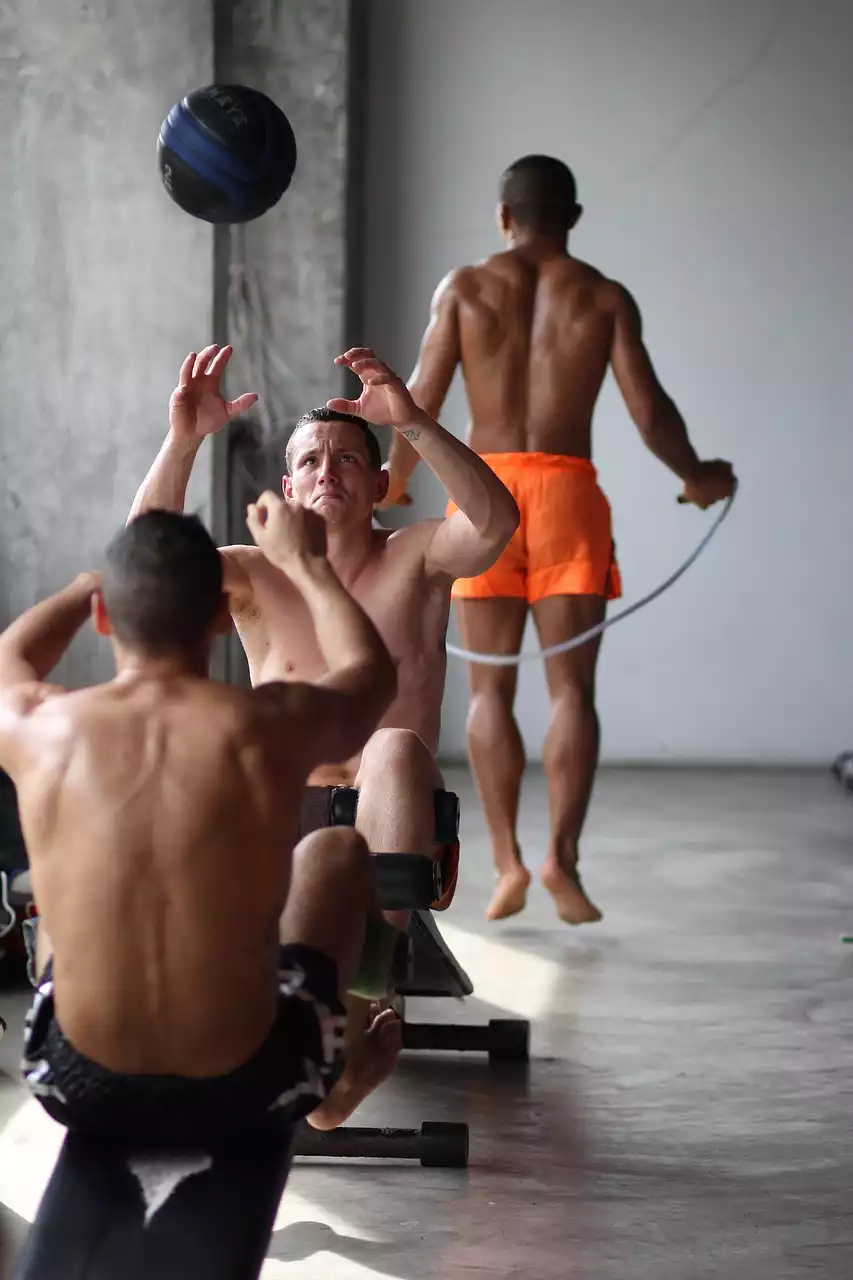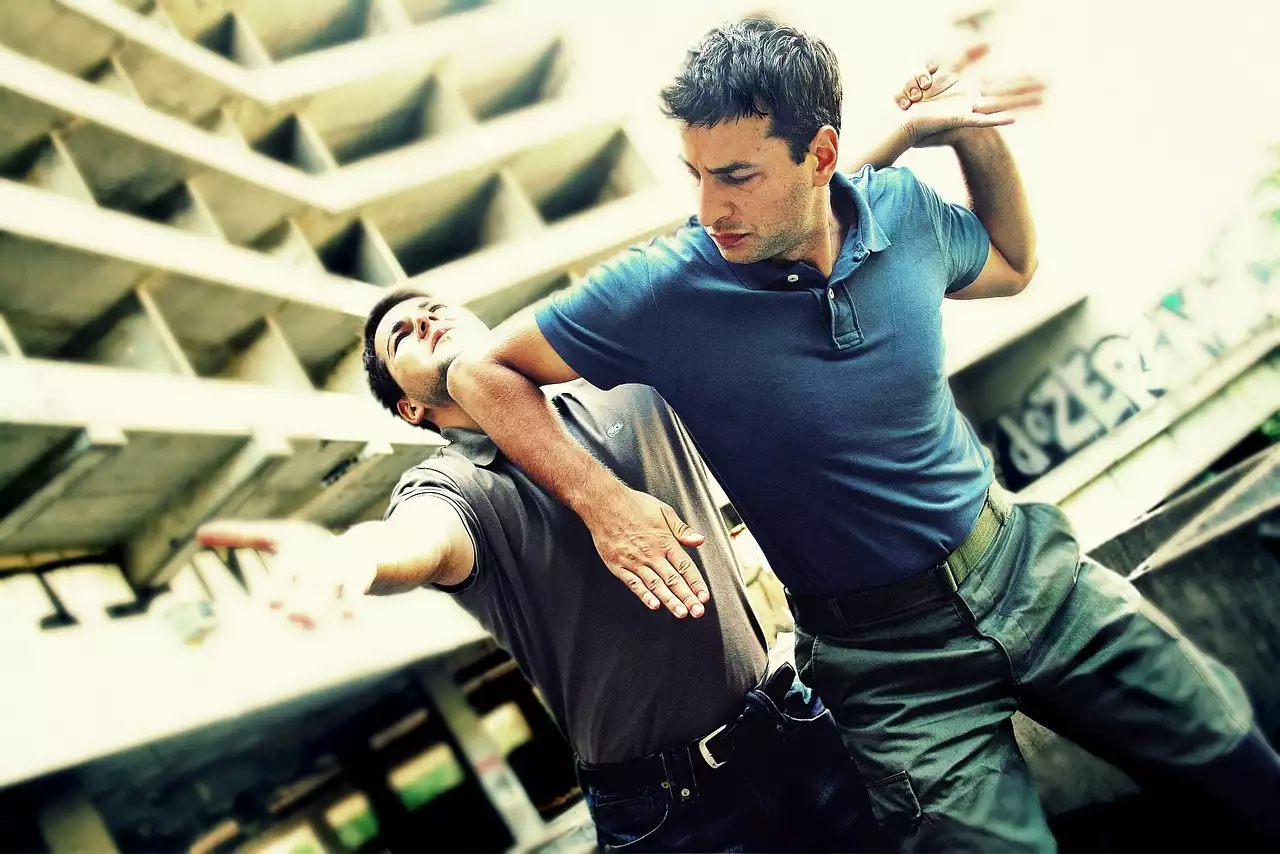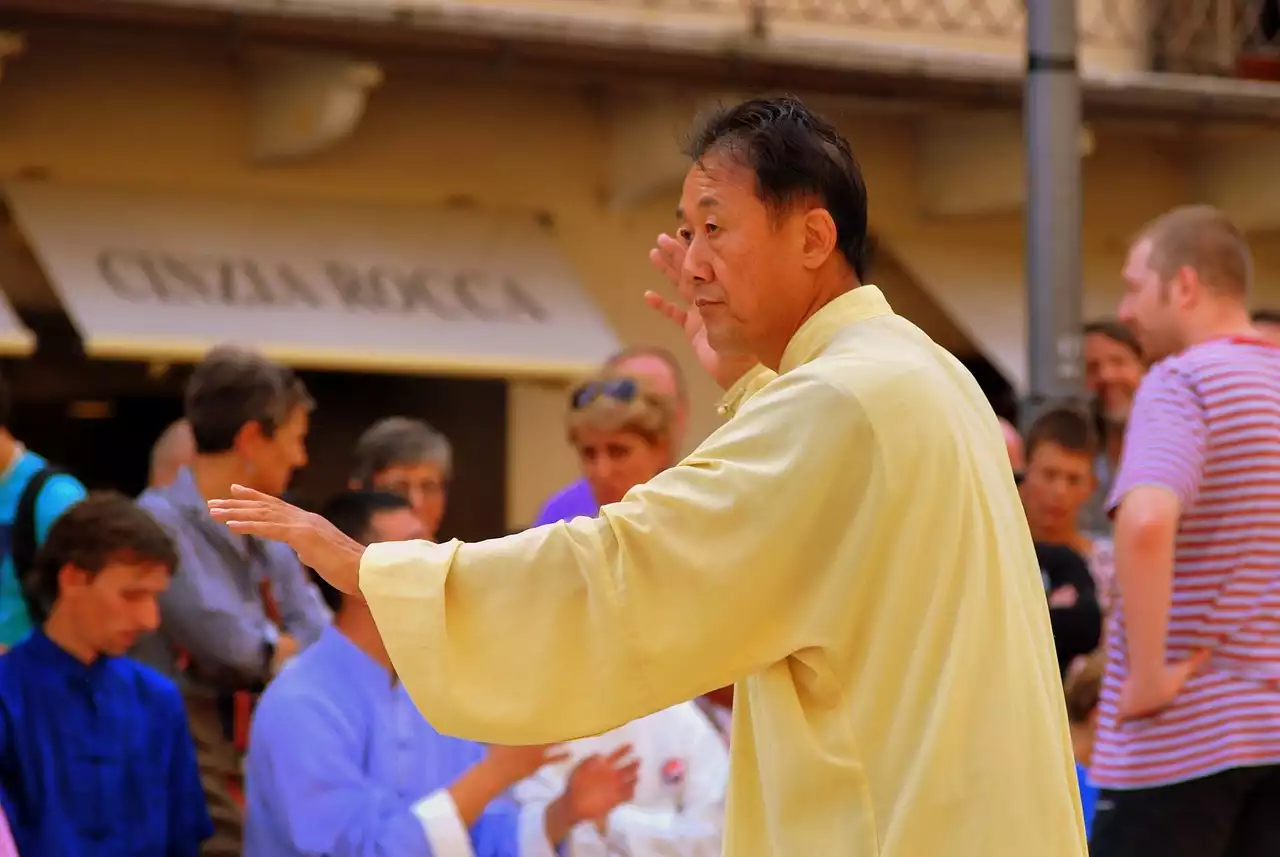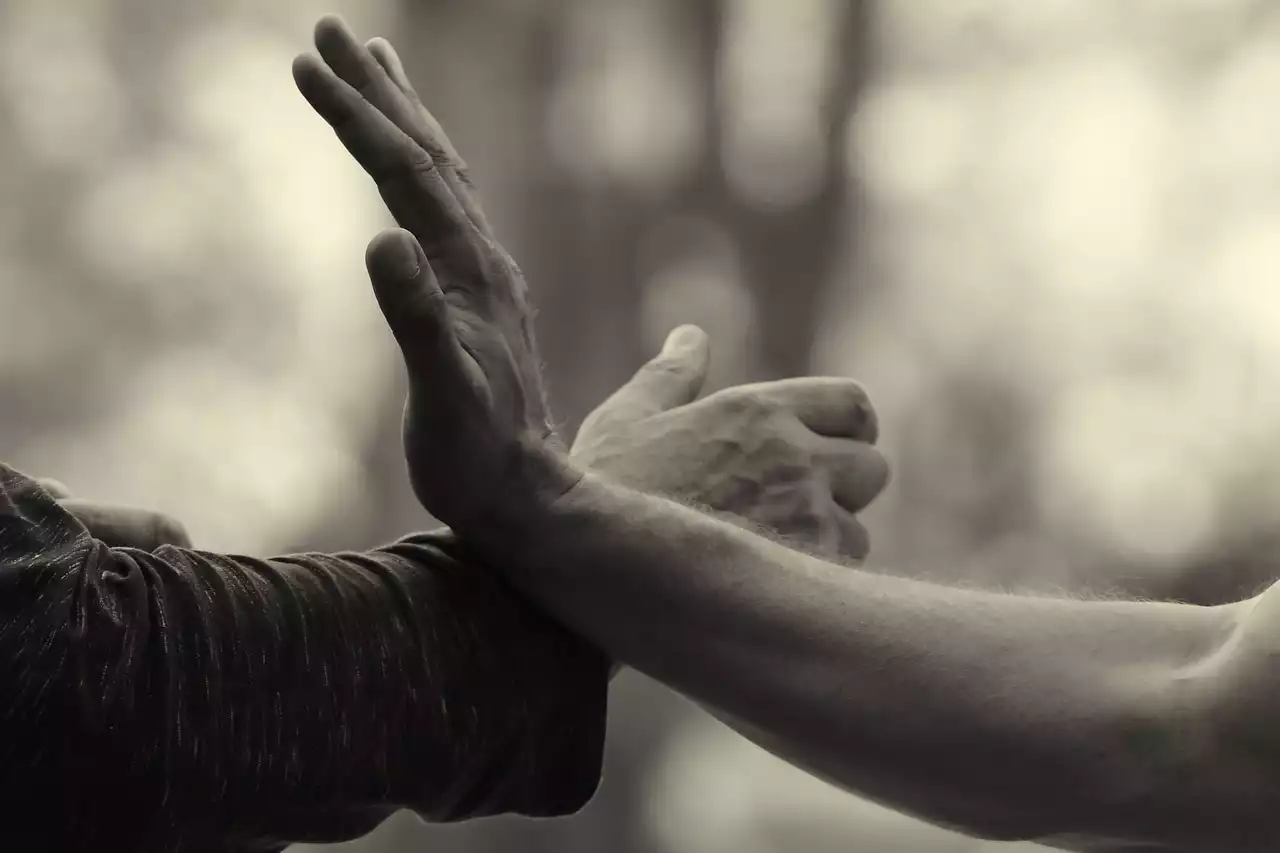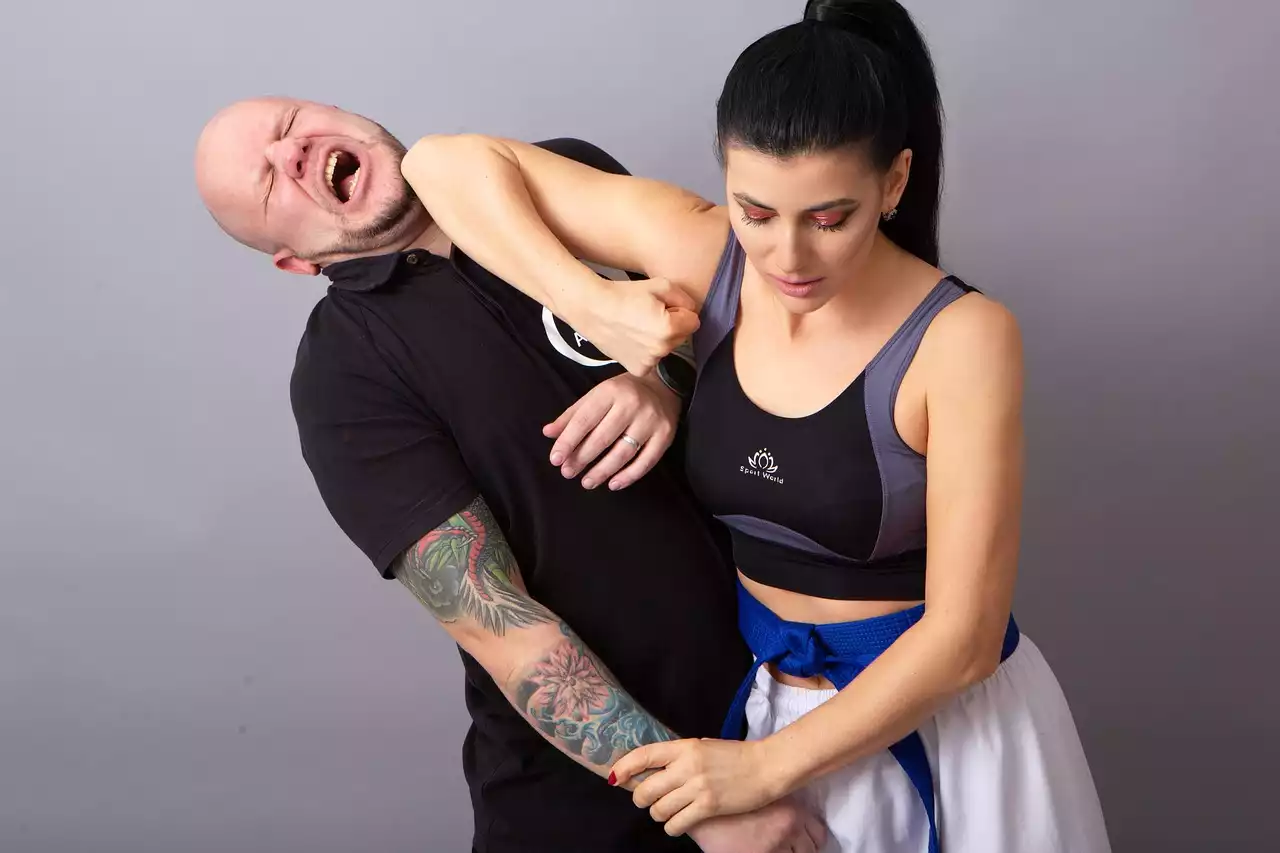Throws and Takedowns in Russian Sambo
Russian Sambo is a martial arts style that originated in the Soviet Union during the early 1920s. It was developed by combining techniques from various martial arts styles, including Judo, Wrestling, and Karate. One of the key features of Russian Sambo is its emphasis on throws and takedowns. In fact, the word "Sambo" itself is an acronym for "SAMozashchita Bez Oruzhiya," which translates to "self-defense without weapons."In Russian Sambo, throws and takedowns are used to control and subdue opponents quickly. The goal is to take the opponent to the ground and gain a dominant position from which to launch further attacks. Throws are executed by using the opponent's momentum against them, while takedowns are typically performed by grabbing and lifting the opponent in a way that disrupts their balance. Some of the most common throws and takedowns in Russian Sambo include the hip throw, the shoulder throw, the leg sweep, and the double leg takedown.Despite its emphasis on throws and takedowns, Russian Sambo also includes ground fighting techniques. Practitioners learn how to control and submit opponents using various holds, chokes, and joint locks. However, these techniques are often used as a means of finishing an opponent who has already been taken to the ground, rather than as the primary means of attack.
Locks and Joint Manipulation in Traditional Jujitsu
Traditional Jujitsu is a Japanese martial arts style that has been around for centuries. Unlike Russian Sambo, which was developed relatively recently, Jujitsu has a long and storied history. One of the key features of Jujitsu is its emphasis on locks and joint manipulation. These techniques are used to control and subdue opponents without causing serious injury.In Jujitsu, locks and joint manipulation are executed by applying pressure to various joints in the opponent's body. The goal is to immobilize the opponent's limbs and force them to submit. Locks can be applied to the wrist, elbow, shoulder, hip, knee, and ankle joints, among others. There are also various techniques for manipulating the spine and neck.Ground fighting is also an essential part of traditional Jujitsu. Practitioners learn how to control and submit opponents using various holds, chokes, and joint locks. However, unlike Russian Sambo, ground fighting techniques are often used as the primary means of attack, rather than as a way to finish an opponent who has already been taken to the ground.
Ground Fighting Techniques in Russian Sambo and Traditional Jujitsu
While both Russian Sambo and traditional Jujitsu include ground fighting techniques, there are some key differences between the two styles. In Russian Sambo, ground fighting is often used as a means of finishing an opponent who has already been taken to the ground. Practitioners learn how to control and submit opponents using various holds, chokes, and joint locks. However, the focus is on quickly taking the opponent to the ground and gaining a dominant position, rather than on engaging in a prolonged ground fight.In traditional Jujitsu, ground fighting is often the primary means of attack. Practitioners learn how to take down opponents and control and submit them using various holds, chokes, and joint locks. The goal is to immobilize the opponent's limbs and force them to submit. Unlike in Russian Sambo, ground fighting techniques are not just a means of finishing an opponent who has already been taken to the ground, but rather a way to engage in a prolonged ground fight.
Strategic Considerations in Sambo and Jujitsu
Both Russian Sambo and traditional Jujitsu require strategic thinking and careful planning. In Sambo, the emphasis is on quickly taking the opponent down and gaining a dominant position. Practitioners learn how to use throws and takedowns to control and subdue opponents quickly. Once the opponent is on the ground, Sambo practitioners use various holds, chokes, and joint locks to finish the fight.In Jujitsu, the emphasis is on using locks and joint manipulation to control and subdue opponents without causing serious injury. Practitioners learn how to apply pressure to various joints in the opponent's body to immobilize their limbs and force them to submit. Ground fighting is often the primary means of attack, and practitioners learn how to engage in a prolonged ground fight if necessary.
Training and Preparation for Sambo and Jujitsu
Both Russian Sambo and traditional Jujitsu require rigorous training and preparation. Practitioners must be physically fit and have excellent technique to execute throws, takedowns, locks, and joint manipulation correctly. Training typically includes a combination of solo drills, partner drills, and sparring.In Sambo, training often includes strength and conditioning exercises to develop explosive power for throws and takedowns. In Jujitsu, training often includes flexibility and mobility exercises to improve joint range of motion for locks and joint manipulation. Both styles also require practitioners to develop their reflexes and reaction time to respond quickly to an opponent's attacks.
Sambo vs. Jujitsu: Which is Right for You?
Deciding which martial art is right for you depends on your goals and preferences. If you're interested in a martial art that emphasizes throws and takedowns and quick ground control, then Russian Sambo might be the right choice for you. If you're interested in a martial art that emphasizes locks and joint manipulation and prolonged ground fighting, then traditional Jujitsu might be the right choice for you.It's also worth noting that both styles can be effective for self-defense, and both require rigorous training and preparation. Ultimately, the best way to decide which style is right for you is to try both and see which one resonates with you the most.
Famous Practitioners of Sambo and Jujitsu
Over the years, there have been many famous practitioners of both Russian Sambo and traditional Jujitsu. In Sambo, some of the most well-known practitioners include Fedor Emelianenko, Khabib Nurmagomedov, and Vasili Oshchepkov. In Jujitsu, some of the most well-known practitioners include Helio Gracie, Mitsuyo Maeda, and Carlos Gracie Sr.These famous practitioners have helped to popularize their respective martial arts styles and bring them to a wider audience. Their success serves as a testament to the effectiveness and versatility of both Russian Sambo and traditional Jujitsu.In conclusion, both Russian Sambo and traditional Jujitsu are fascinating martial arts styles that offer unique approaches to grappling and submission techniques. Whether you're a seasoned martial artist looking to expand your knowledge or a curious beginner wondering where to start, exploring the contrasts and similarities between these two styles can be a rewarding experience.
